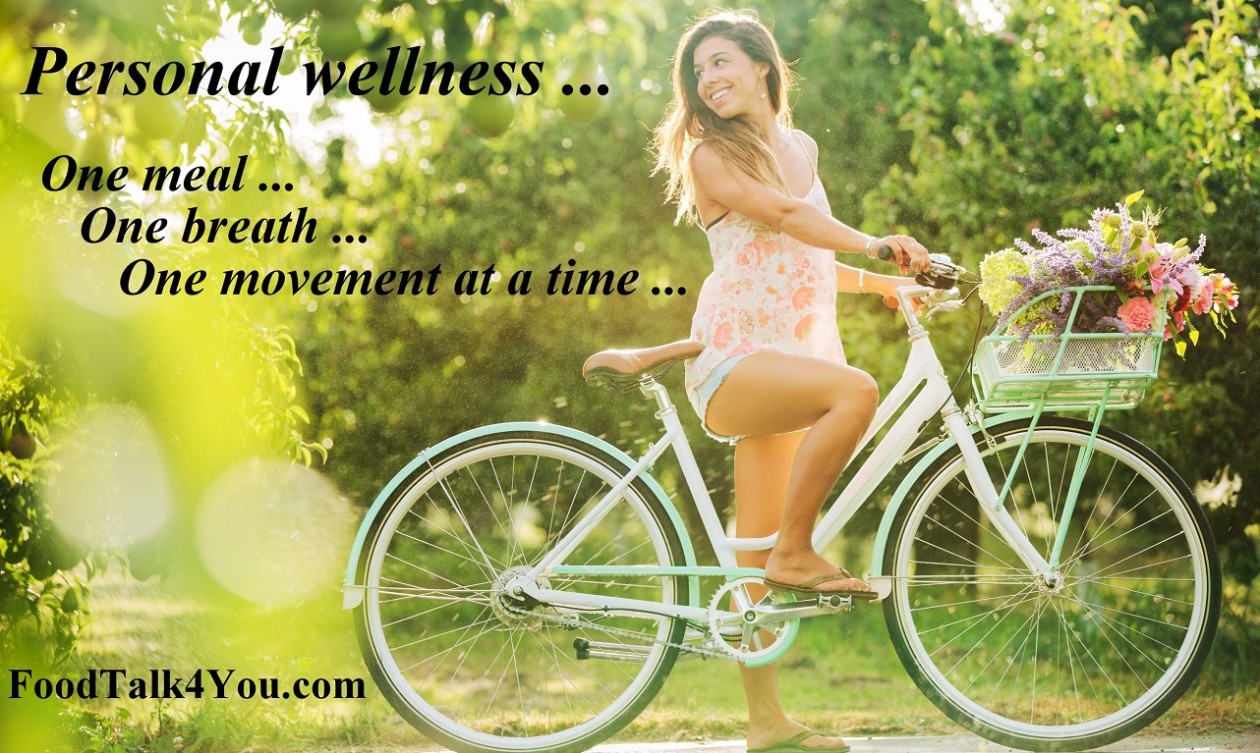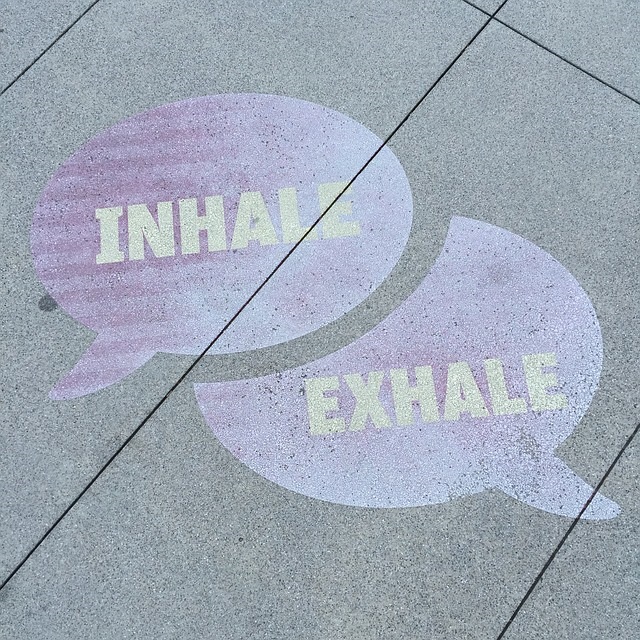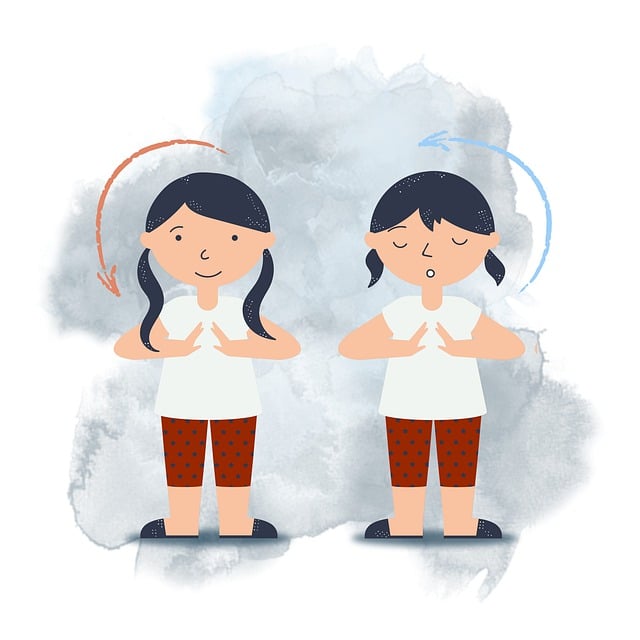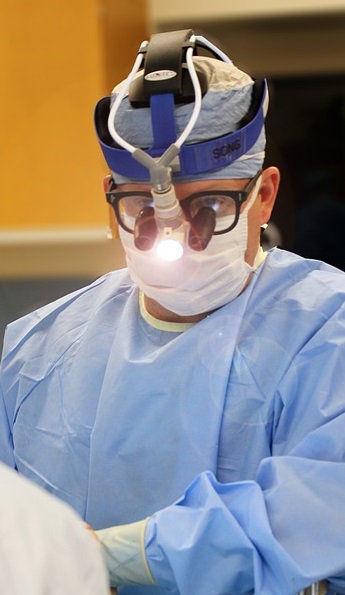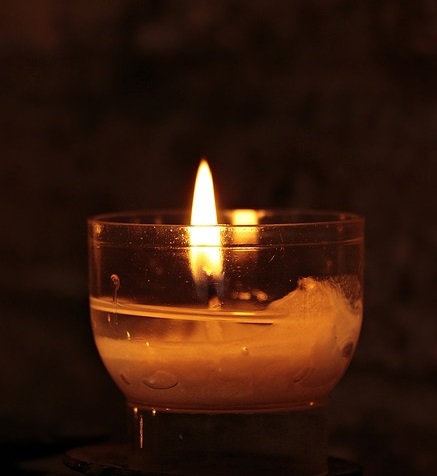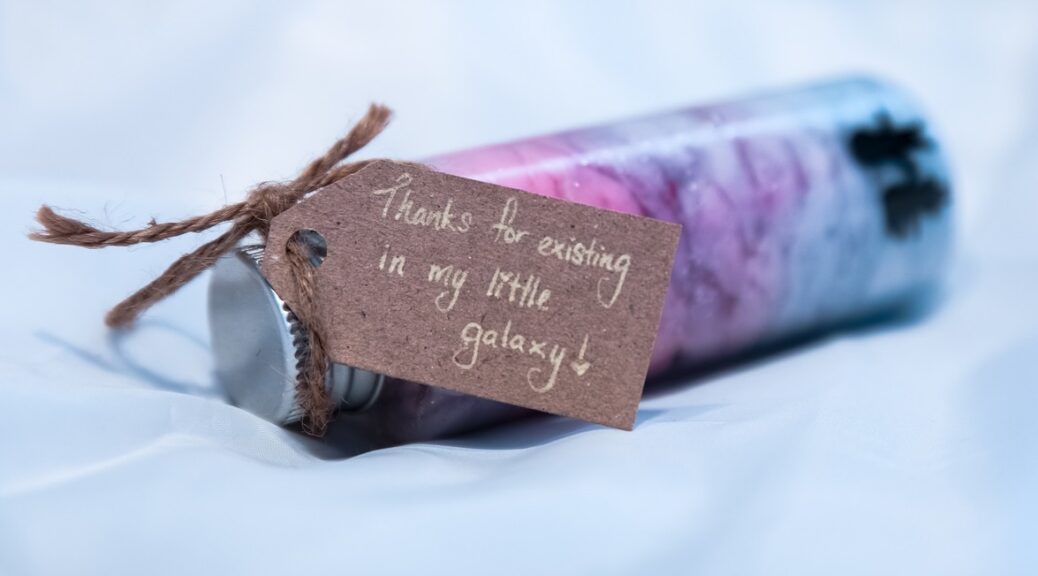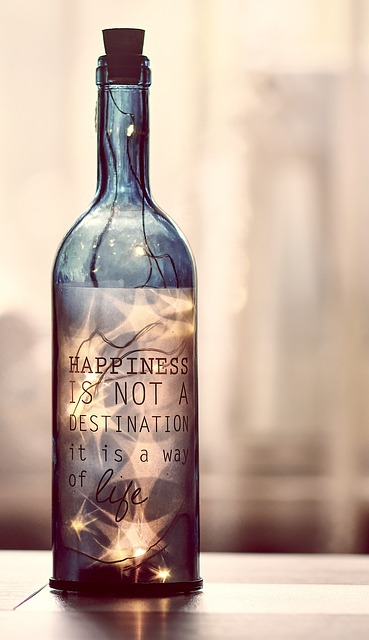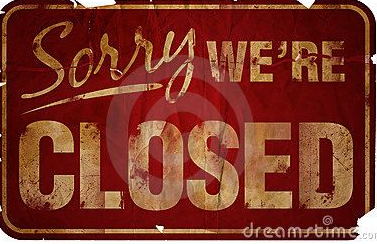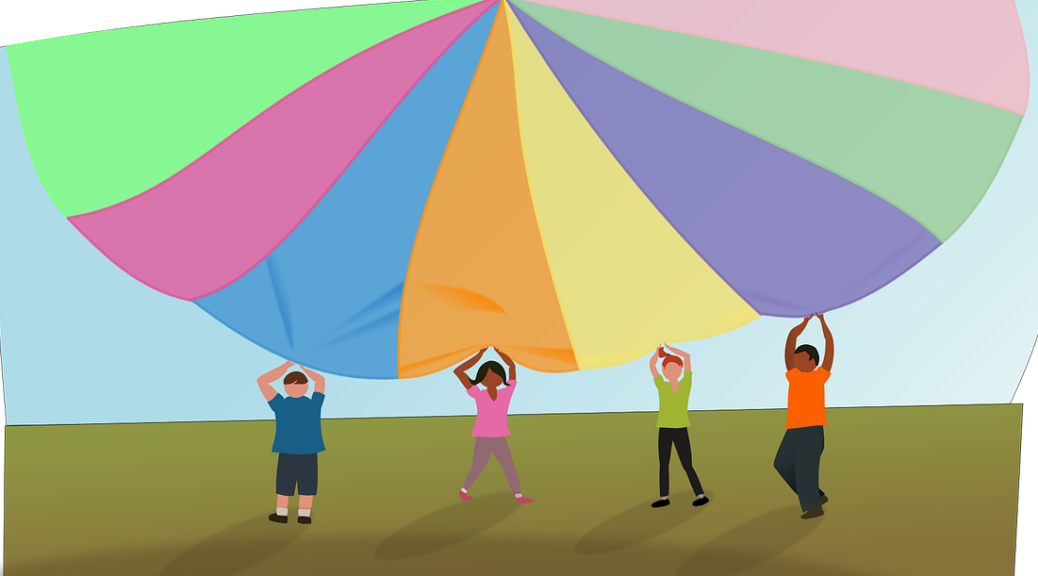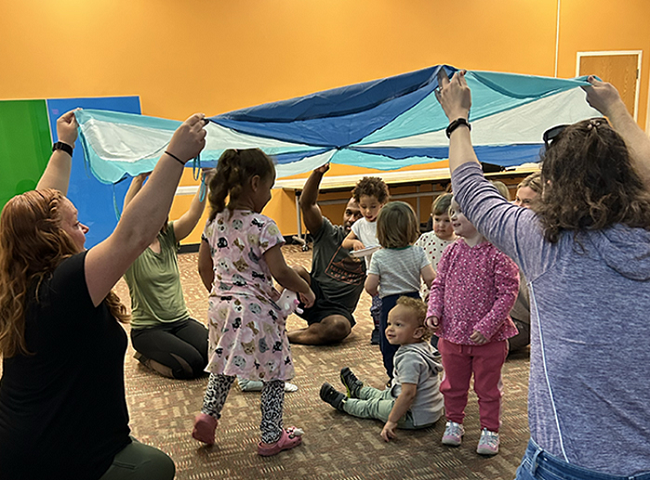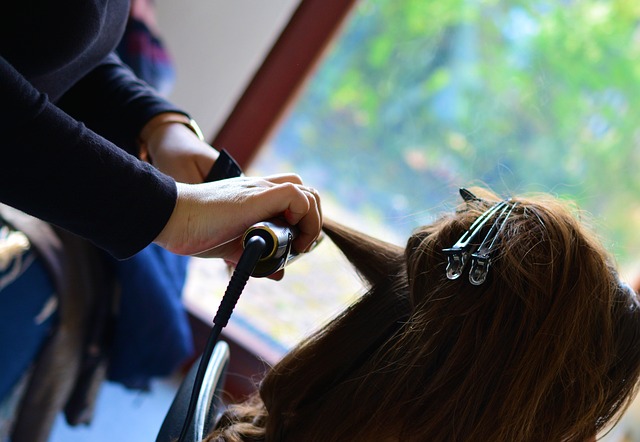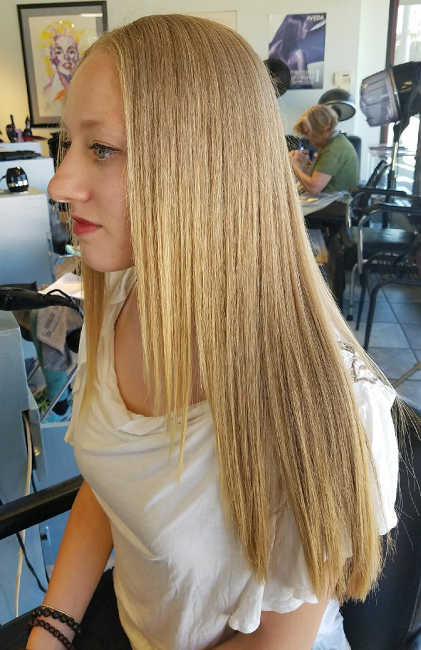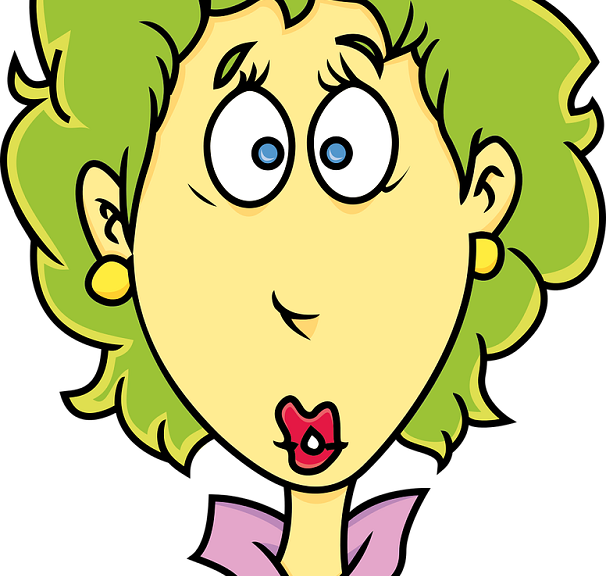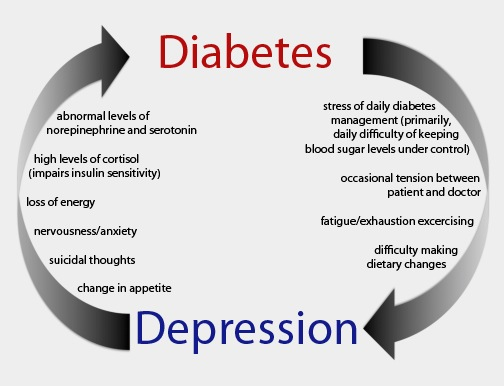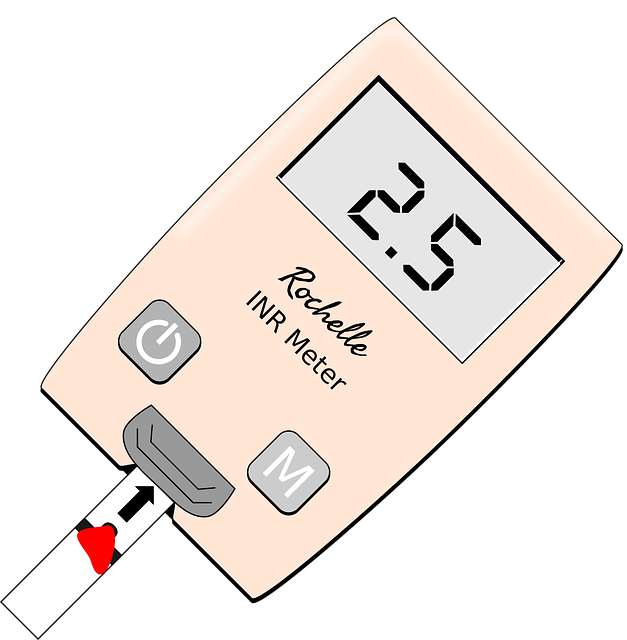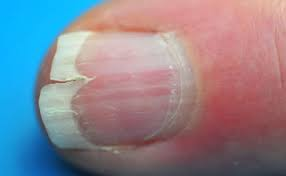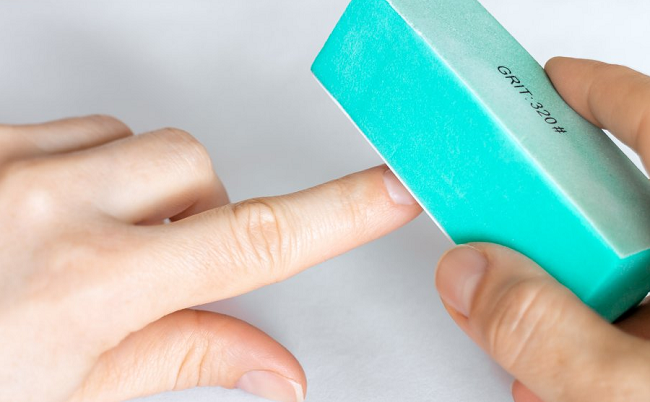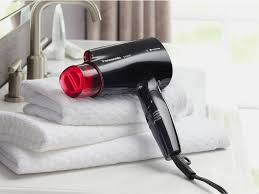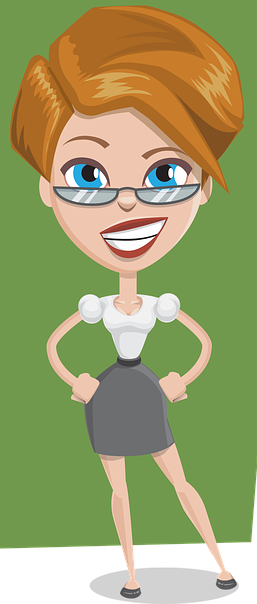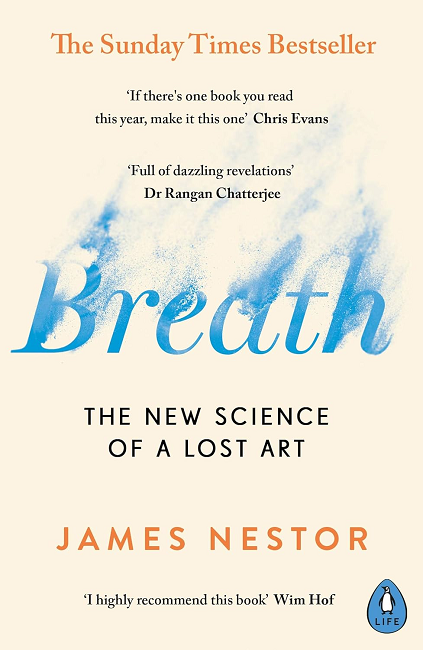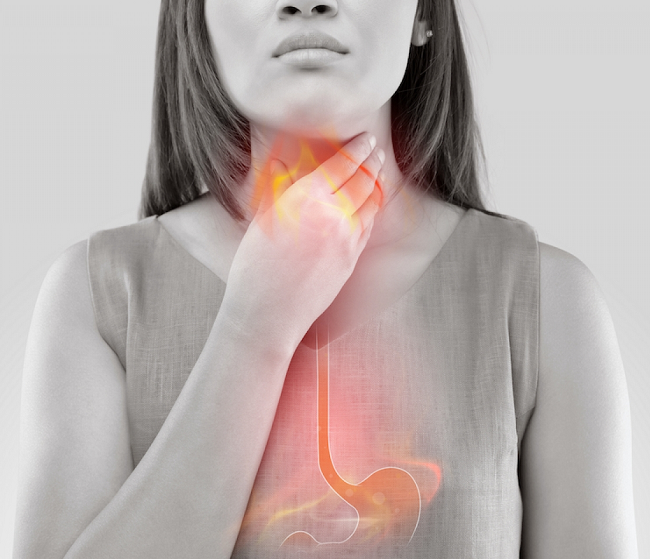Remember my previous post about various breathing techniques, including Box Breathing and Emptying Breath?
Last week while scrolling through an author platform, I discovered an interesting book that called to me like sirens out of the deep. Written by a neonatologist, Edgar Reynoso Vanderhorst, MD, this book was about a holistic approach to health that included breathing techniques, and even tied into last week’s gratitude post featuring David Steindl-Rast.
In Wellness: Optimizing Yourself, Dr. Vanderhorst mirrors Steindl-Rast in seeing the link of regular personal habits of gratitude to creating a more compassionate world.
How does this all tie together?
As I have written here before, positive thinking not only changes the hormonal chemistry of our bodies, but also influences the very structure and receptivity of our cells to positivity.
To paraphrase Steindl-Rast, gratitude comes from a place of satisfaction and a feeling of ‘enough’ rather than from a reminders of scarcity. Being grateful extends to better social connections that include respect and wanting the best for others.
Putting these together, we can see that transforming our own peace naturally leads to uplifting our interactions and concerns for others.
Dr. Vanderhorst has graciously agreed to share his thoughts with us on one aspect of wellness to combat the pull to our increasing stress response to today’s world.
His message to foodtalk4you readers:
“By incorporating simple breath practices, we can stabilize our minds, cultivate calmness and access our innate ability to choose how we respond to the world.
Physiology tells us, activating our parasympathetic nervous system reduces heart rate, oxygen consumption, and cortisol levels – a state described as calmness, which is what happens when we meditate.
Achieving this state can be simple. I developed a technique for myself that I implement daily to increase my awareness of the present moment that helps me navigate daily chaos in a more controlled way. I call this technique, “The Vanhorst Technique,” (meditation technique), which consists of simply taking a deep 4-second inhale, holding for 2 seconds, followed by a slow 6-second exhale, and holding for 2 seconds, repeating this cycle five times and working up to 10 minutes.
I usually practice this technique in the morning while lying in bed or when I’m in an emergency that requires my focused attention.”
Just yesterday, we witnessed horrible images of violence taking place at a political rally in America. Clearly, we need to have calming techniques ready to always use.
We can light only one candle to give light to a dark world, dear readers, and that’s our own.
Calming down with a breathing technique and staying in the moment to find what we are grateful for – even in an unpleasant situation – can help brighten our inner candle and set us up for a mindset that creates a listening ear, a reasoning mind, and helps us appreciate differences in the people around us.
In health – Deidre
Let me know in the comments below how you use breathing and reminders of gratitude to reframe your inner self.
Spread the inspiration by sharing this post using the options under the MORE button below and please become a subscriber by scrolling to the bottom of your screen or looking at the top of your computer to fill out our simple form.
